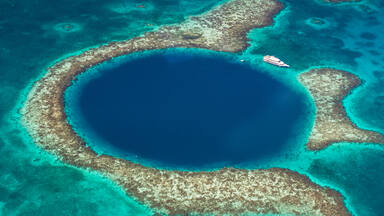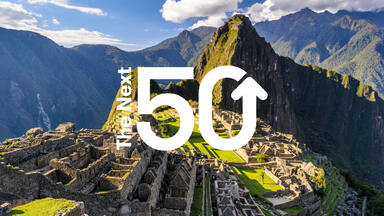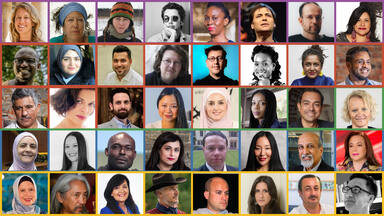Rachel Sibande
Digital and data development specialist and social entrepreneur
Johanna Figueira
Entrepreneur, digital marketer and tech activist
Vision for the Next 50
In the Next 50… Youths spearheading mapping of heritage sites, creating digital content and suggesting innovative solutions for heritage. Women have equal access to digital platforms and the skills to serve heritage in the digital era.
In the Next 50… Social media brings positive impacts to local communities in raising awareness about heritage, sharing their own stories and defending their culture.
Summary
The dialogue between Rachel Sibande and Johanna Figueira centred around the digital empowerment of communities. They agreed that technology can benefit local communities to share their own stories and conceive innovative solutions to protect their heritage. Sibande believes that women must benefit from equal access to digital platforms. She also highlighted the power of youth in the digital dimension, as mappers, creators and innovators of heritage. Figueira expressed her optimism about the power of technology based on how Venezuelan communities have used social media to harness power and solidarity to respond to their problems and to protect their own heritage.
Dialogue
Watch the dialogue
Explore other sessions
Five dialogue sessions covering five themes take place in 2022, each joined by thinkers in paired dialogue from diverse regions. The interdisciplinary dialogues inspire new visions for the next 50 years of World Heritage.



